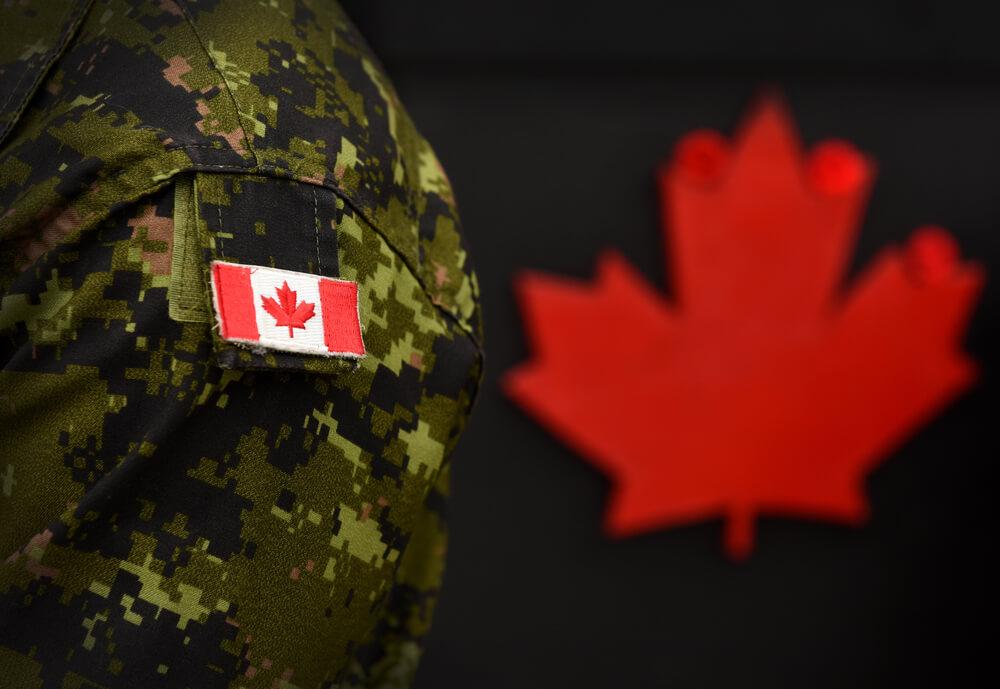But Canada is missing the moment
When military members return to civilian life, many expect a fresh start. What they sometimes encounter instead is a world that feels unfamiliar, unstructured and isolating. A new report, Military and Veteran Volunteerism in Canada is shedding light on how volunteering could be a powerful tool to support Veterans through this transition, and why Canada needs to pay more attention.
The report, prepared for the True Patriot Love Foundation and the Canadian Institute for Military and Veteran Health Research, reviewed more than a dozen international studies focused on Veterans and volunteerism. The results point to benefits for Veterans as well as society: volunteering helps Veterans reconnect with a sense of purpose, reduce social isolation and improve mental well-being, and it is an important contribution to the collective well-being of our nation.
Researchers behind the report say volunteering could offer something many Veterans lose after service: a role, a mission and a community.
Volunteering allows Veterans to continue serving, just in a new way. Whether helping at food banks, mentoring youth, responding to emergencies or participating in community projects, volunteer work in civilian populations has been shown to support psychological health and even improve physical well-being.
Each year, thousands of Canadians leave the military. Some face challenges with mental health, finding work and feeling disconnected from the civilian world.
In the United States, some Veteran programs have successfully used structured volunteer initiatives to support Veterans while also providing a significant benefit to civilian society. These programs combine community service with leadership training and mental health support. Veterans who participate often report better health, stronger social ties and a renewed sense of purpose. Some even say it helps them find new careers.
In the report, researchers recommend several key steps to help Canadian Veterans.
First, let’s create a made-in-Canada tailored solution. Canadian Veteran volunteerism policy and programming must be developed and guided by Canadian-specific research. Nearly all the Veteran-specific research reviewed comes from the U.S. or the United Kingdom. In Canada, there are little to no data on how volunteering affects Veterans during their transition to civilian life.
There are no Canadian studies asking Veterans why they choose to volunteer (or not), what types of roles they prefer, how volunteering benefits their lives and the lives of their families or how different life circumstances like age, gender, family structure or health, might influence their experiences.
Second, organizations serving Veterans must integrate program formal evaluations and needs assessments to align volunteer opportunities with Veterans’ goals, values and diversity.
Third, policymakers, Veteran advocacy groups and researchers must collaborate to make volunteerism a cornerstone of military-to-civilian transition support. Engaging diverse stakeholders will ensure comprehensive, impactful programs.
A key message from the report is that volunteerism should not be treated as an afterthought. It has the potential to be a core part of how Canada supports its Veterans.
Volunteerism can help individuals find purpose, reduce the mental health impacts of transition and reconnect with their communities. And in doing so, it strengthens communities too.
Of course, not all Veterans will benefit in the same way. That’s why future programs and studies must pay close attention to identity factors like gender, race, age, employment status and geography. Tailoring opportunities to meet the diverse needs of Veterans is essential for long-term impact.
The message is simple: those who served their country should have meaningful opportunities to continue serving if they want to. Volunteering can be more than just a way to give back, it can be a path to healing, belonging and rebuilding.
As Canada looks for new ways to support the well-being of its military members after service, one of the most accessible and cost-effective tools may already be right in front of us. All it needs now is support, structure and a place within our national strategy for Veteran well-being.
Photo courtesy of DepositPhotos





